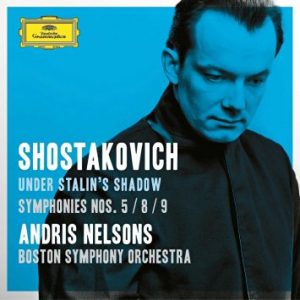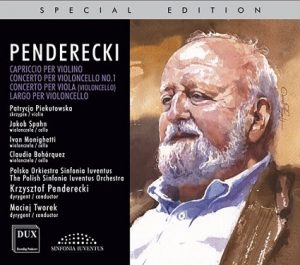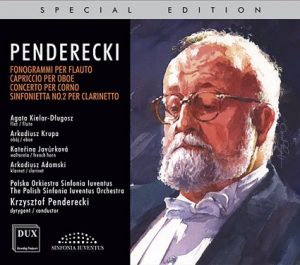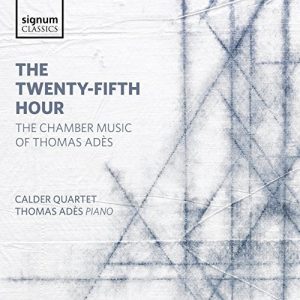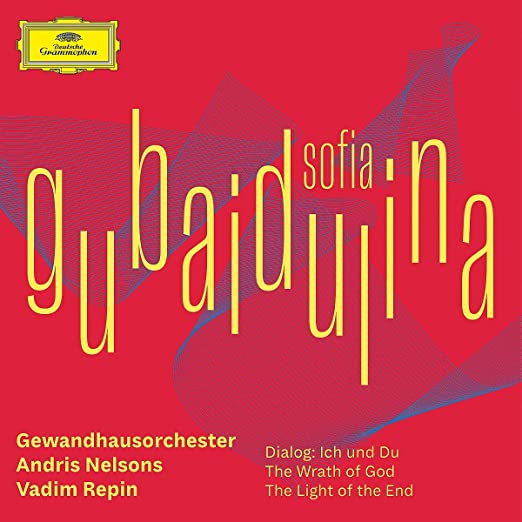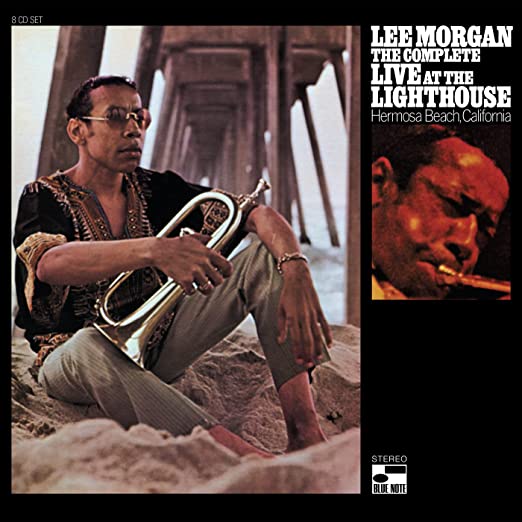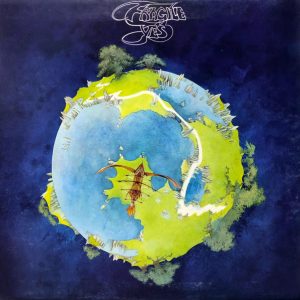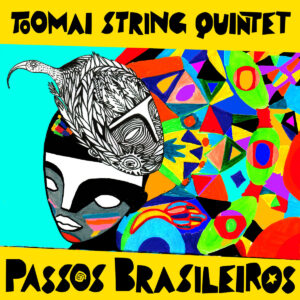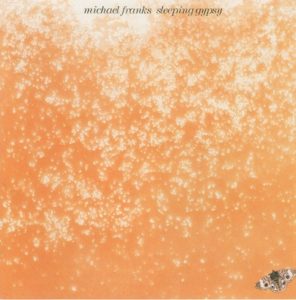If you talk about music long enough, you tend to forget where you are coming from. I tend to talk about the succession of musical styles (baroque, late romanticism, modernism) while some others write about differences in formal technique, because for my amateur mind, the succession of styles is the history of music. And for me the meaning of human life always a story.
The arts—literature, the visual arts, music—give human form to the story of how we have been and are in the world. Aesthetic style is at least the surface or texture of our purely human take on the world. It is the gateway. And listening to music is how we gain privileged access to the sense of the world conceived by the many musical geniuses with whom we have been blessed. I go to Buxtehude and Vivaldi the way I go to Vermeer, Winslow Homer watercolors, Manet, and Henry James novels. To recover, for a moment, what it was like, for example, to find form more natural than flow and flux, virtue more important than freedom. To feel what that was like.
This summer I've spent most of my time in the early modernist world of, among a great many others whom I'll write about in the fall, Shostakovich and the later modernisms of Penderecki and Adès. I find that once in this world, which has now become at least two, it's hard to leave. Partly because so much of it is still "now" and our relation to music of our moment always has a special intensity (and intellectual inaccessibility!); and partly because I love its relative freedom and eagerness to explore the qualia of human life that can make other earlier styles feel remote. If you like and are at home in our now, this music has special power, as it should.
Shostakovich, Symphonies 5/8/9. Andris Nelsons, Boston Symphony Orchestra. DG 4795201 (2 CD's).
As enthusiastic as Vasily Petrenko made me about his introspective view of Shostakovich's symphonies, I understood, even as I slipped under their spell, that there was another way to hear them. So I was excited last year to discover that Andris Nelsons and our beloved home team in Boston were going to give us a new Shostakovich cycle from the other way. Who better?
Both Petrenko and Nelsons are better than others I know of at capturing the haunting Eastern European sense of his music. Petrenko enables us to hear some of its subtler secrets; Nelsons reminds us of the power—repeat, power—and eloquence of the music's more overt and public side. Nelsons' is the more familiar Shostakovich but also the one we have been quick to underestimate because so many concert goers are still under the spell of Mahler, who remains their link to the nineteenth century they are loath to leave. Nelsons, somewhat in the spirit of Boulez, goes after the internal textures of music, which in a composer like Shostakovich are often lost in a drive for passionate dynamics. (See Bernstein.) Part of what excites us in Nelsons' performances here is that orchestral details are brought back into balance with the expected waves of sound.
One of the things that makes Shostakovich 'modernist' and Mahler 'late romantic' is that the Russian's music strikes us as smarter—more worldly (war and peace), emotionally complex, full of as much crisp irony and contrast as enthusiasm and passion. Modernism, for better and for worse, is smart, self-aware. Listening to Nelson's (and Petrenko's) Shostakovich, we can hear that Mahler was the eloquent end of one aesthetic, while Shostakovich was at the beginning of a new one, the one, for better or for worse, we inhabit now. This is part of our 'story.'
This is the second release in Nelsons' Shostakovich symphony cycle. Don't be without it. And note: Nelsons and the BSO play Shostakovich 7 in February in Symphony Hall—with a Gubaidulina premiere as well.
Penderecki, Concertos for Stringed Instruments and Orchestra. Polish Symphony Orchestra, Krzysztof Penderecki, conductor. DUX 1275. Concertos for Wind Instruments and Orchestra. DUX 1274.
When we move from Shostakovich to Penderecki, we realize that modernism is now too general a term for what has become of music as it evolved during the twentieth century and the early twenty-first. Early twentieth century music was called 'modernist' to announce its conscious break from late romanticism; now we probably need something to characterize the music that has moved beyond the break. The first generation of modern composers can now sometimes sound like traditional wine in more sophisticated bottles, which of course they are not. Future music historians will need to find a new way to characterize and distinguish the music that has now come to make early modern music sound conservative. The new modernism is so clear of the old that today's concert audiences are not yet ready to concede that it describes us and our sense of the world. But some of us are absolutely ready.
Revitalizing modernism has been Krzysztof Penderecki's mission since the mid twentieth century. For him, I expect, the music of Prokofiev, Stravinsky and even Shostakovich expresses a sense of the world we have moved at least partly beyond, such that it moves us the way all music of the past does. It is powerful but we are no longer in its midst. Thanks to Naxos and the Polish label Dux (whose recordings are often led by the composer himself), almost all of his music is easy to come by. Now all we need to go is get him into American concert halls. Perhaps Andris Nelsons will be the man for it.
Penderecki's music often bursts upon us, insisting persuasively on the necessity of its bold and powerful vision. This is music that can either take the center of the stage of its time or blow itself out of the air locker!
There is fury and fear, havoc and horror in the 1967 Capriccio for Violin and Orchestra. The Cello Concerto (1972) is dark (dusky), dissonant, and ominous until the cello marches across the stage kicking up a furious storm from the rest of the strings. Fascinating sonic chaos ensues but the cello holds its ground, eventually driving the competition to the corners of the stage. For a while. Is there such a thing as epic abstract expressionism? This music feels enormous, complex, overwhelming. If it is an aesthetic, it is, like Moby Dick and The Rite of Spring, more a moral and emotional reaction to its times than an expression of what they are. No wonder it is so seldom admitted to the concert hall!
The Largo for Cello and Orchestra (2003) is a generally sorrowful work, sometimes suggestive of Penderecki's countryman Gorecki. As always with Penderecki, the scale feels huge: this is largo large. Woodwinds play a moving if minor role in the work, serving for us as a prelude to the second album in this pair, where they are the featured performers.
As effective a composer as Penderecki is for strings, he is even more striking with wind instruments. Fonogrammi (phonograms?) for Flute and Orchestra (1961) is a cacaphonic marvel of instrumental textures presided over entertainingly by a rascally flute. Capriccio for Oboe (1965) is more of the same and equally enjoyable: a musical hen house conducted by a rooster as oboe. Concerto for Horn (2008) and Sinfonietta for Clarinet and Orchestra (1994) are the major works on the album. The horn concerto is a marvel, Katerina Javurkova a mistress of his instrument responsible for many of the marvels. The Concerto has a narrative quality to it we are not accustomed to in Penderecki. Scenes continually change but something carries us along much in the way we are carried along in a Richard Straus tone poem—but with more contrast and excitement. Sinfonietta for Clarinet (1994) makes the B flat clarinet larger than I've ever heard one. It absolutely holds its own within a full orchestra as well as in several exchanges with individual instruments.
While I am moved by all of Penderecki's music, I think he is a pure genius as a composer of music for wind instruments. Begin with this album and if it grabs you, move on to the strings.
The Twenty-Fifth Hour; The Chamber Music of Thomas Adès. Calder Quartet, Thomas Adès, piano. Signum Classics SIGCD 413.
If Penderecki is the central figure in contemporary modernism, how we view the remarkable and compelling British composer, Thomas Adès, depends on whether his exquisite and restless aesthetic strikes us as peculiar or brilliant.
Adès focuses in tighter than Penderecki, he is closer to the bone, the nerves, even possibly the soul, capturing an aspect of our contemporary sensibility that no one else does. I find his music essential to my well-being. (The BSO appears to agree as he is now their "Artistic Partner" for the foreseeable future.) He gives close harmonies and subtle dissonances a sometimes riveting, sometimes poignant quality. Melodic material hides in thickets. In a fascinating book-long "conversation" with music critic/scholar Tom Service, Thomas Adès: Full of Noises (Farrar Straus, 2012), he is as informative as a composer can be on his music and its relation to that of others, dwelling mainly on music's own power to lead composers in various directions. He aims, with both the world and the history of music in his head, to get as close to the truth of how it is to live now.
The first work on the disc, Piano Quintet (2001), has been recorded before and will doubtless be recorded many times more. It captivated me on first hearing first several years ago when Adès himself and the Arditti Quartet played it on an EMI recording and has remained one of my favorite works ever since. He and the California based Calder, a group he works with often, are equally compelling here. The Quintet feels central to his oeuvre as it exists so far. We can feel his opera The Tempest somewhere nearby. Actually, Adès tells us in Full of Noises, that a section that was intended to be another movement in the Quintet ended up on The Tempest. Another aspect of the Quintet that gives it its sense of being at the center of Adès' oeuvre is its fascination with the upper octaves. He says in Full of Noises that while he likes all of the notes, "he loves the sound of the very highest octave... I wish I was the kind of person who could truthfully write a whole piece that was only that sound." The apotheosis of this wish comes in the role of Ariel in The Tempest, whose notes are so high we cannot make out the words she sings—but she thrills and haunts us nonetheless. She and her composer give us the sense that it is up there just out of reach where the truth lies. (And I don't mean Heaven!) This is one of the most powerful pieces of modern music I know.
The string quartet, The Four Quarters (2011), gets its recorded premiere here. It is an exquisite example of how the composer's music can lead us into places we recognize but cannot name. The four strings weave their ways in and out of one another threading their way somewhere... elsewhere. We are persuaded this is precisely how it is to be in our world if we could only grasp it this clearly.
Arcadiana (1993), also recorded by the Endellion Quartet (also on EMI) a while back, is a garden of harmonic and dissonant delights playing about one another. Then after a one note bridge from the end of the fifth section to the sixth ("O Albion") we move into a space so elegiacally beautiful it is as if the world has come to a standstill. Is this where it has all been going? Where we came from? This music briefly reminds of Elgar, which is indeed where English modern music came from; and then we slide back into the present, with the memory of the old world still hovering over us. This (last) section is called "Lethe."
Adès conducts his own music, Britten's, and Sibelius' this November with the Boston Symphony. When I bought my tickets a couple of weeks ago, there were still plenty of good seats still available!
Systems used for this audition, both headed by the Resolution Audio Cantata CD player w/BlackJack power cord: Blue Circle NSC solid state preamplifier with NSL solid state amplifier and JM Reynaud Offrande Supreme, V2 loudspeakers and NSC with Blue Circle 2K4 Class D solid-state amplifier & K4eps power supply, and JM Reynaud Orféo loudspeakers. Crimson interconnects and speaker cable; Volex power cables, Mapleshade Samson equipment rack.
Bob Neill, a former equipment reviewer for Enjoy the Music and Positive Feedback, is proprietor of Amherst Audio in Western Massachusetts which sells equipment from Audio Note (UK), Blue Circle (Canada), Crimson (UK), Jean Marie Reynaud (France), Resolution Audio (US), and Tocaro (Germany).




